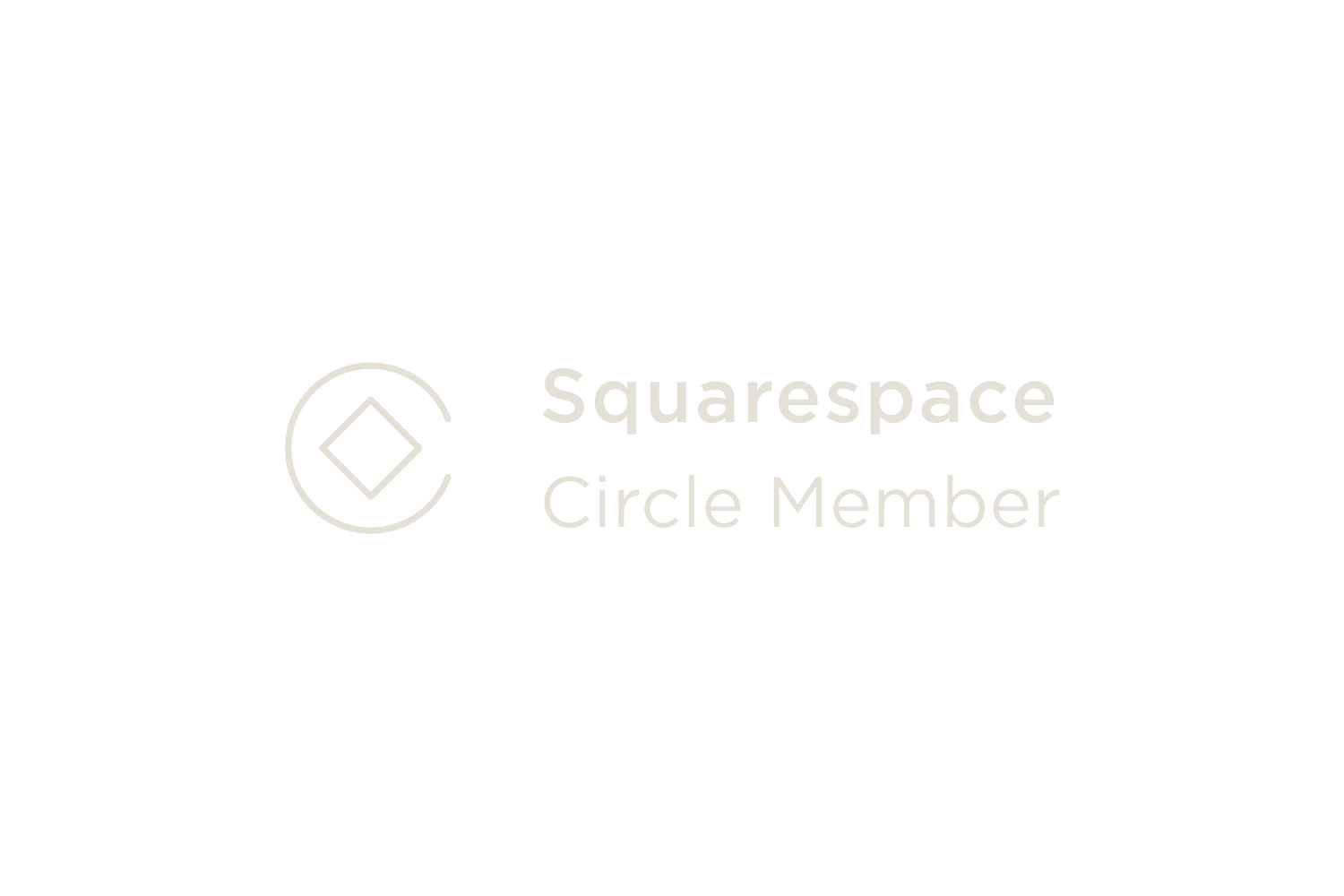
The jpg, or jpeg, is arguably the most commonly used image file format. It’s just the universally accepted way to display something that is by definition see through. No one’s suggesting you use a crazy gingham backdrop for your logo. Sometimes, transparency is shown with gray and white checks. This is super useful when you want to put your logo on a background color other than pure white.

Some image files support transparency, specifically transparent backgrounds. You can increase and decrease the image size without it getting pixelated. On the other hand, vector graphics are scalable. They aren’t scalable, meaning as you increase the image size you’ll start to see the individual pixels. Raster graphics or rasterized image files are “flat” files. vector graphicsīefore we dive in to the file formats let’s clear up a few common terms regarding image files. What’s vector format? Do you have that? Should you just send the same file you sent to your web developer? Keep reading (or jump to the infographic at the bottom) to understand the most common logo file formats and their uses.
#BEST IMAGE FORMAT FOR WEB TRANSPARENCY FULL#
You have a Dropbox full of logo files and your shirt printer wants to know if you have one in vector format. Right now, the format is only supported in Internet Explorer and Edge.Which logo file format do you need? Find your answer here as we explain JPG, PNG, EPS, PDF, AI, and other logo file formats. Like WebP, JPEG-XR is a lot more complex, performant, and less-well-supported than its predecessors. Microsoft’s next-gen-format-of-choice, JPEG-XR layers a bunch of new techniques on top of the basic mechanics of JPEG compression, enabling: The format’s relative complexity provides it with a lot of flexibility it’s good for a wide variety of imagery (both graphic, if you choose its lossless settings, and photographic, if you go lossy), with (generally) better compression than either PNG or JPEG.īut, it’s Google’s format and it is only supported in Chrome at the moment. WebP uses one of up to sixteen different prediction strategies for every (variable-sized) block in the image, and can optionally either losslessly or lossily compress the residual difference between the predicted and actual values. WebP is an offshoot of Google’s WebM video format the core of it’s compression strategy is predictive, which is to say, it takes the simple predictive strategy used by the PNG format to the next level. But new, cutting edge formats are already here-and they’re spectacular. Which is to say, they’re the only formats that developers can actually use. The next generationĪs of this writing, those three formats-JPEG, GIF, and PNG-are the only image formats with universal support. So, use it for images with crisp edges and broad swaths of solid color or precisely repeated patterns.

Stepping back, all that you need to know is this: PNG will perform worse than JPEG when it comes to photographs, and better than GIF almost always. And sophisticated tools can provide even greater compression ratios by altering the original image data lossily before it’s run through this gauntlet, in order to make it more compression-friendly.

Everybody wins!Īnd then, finally, having done all of that, PNG uses a process called “Huffman coding” to boil the remaining values down even further by generating the smallest-possible codes for the most common values (incidentally, the JPEG format uses Huffman coding as a last-step as well).Ĭombining all three of these (lossless) techniques provides huge benefits over GIF’s single strategy. If you squint, PNG’s LZ77 and GIF’s LZW are achieving the same ends-cutting out repetition-but get there via means which are distinct enough to evade patent lawyers. Second, PNG cuts out repetition by allowing the image to refer to previous, identical pixel sequences (instead of storing the same data twice) using an algorithm called LZ77. If this assumption proves true, PNG saves data by only storing the difference between its prediction and the actual value small numbers take up less space than large ones. The format features five different prediction strategies, but basically, the PNG assumes that pixels next to each other will be similar. How does PNG beat GIF, when it comes to compression? By adding some layers to its compression stack…įirst, the PNG algorithm tries to reduce the amount of data it will need to store by using the pixels that it already knows about to predict the ones that it doesn’t. This image from Wikipedia shows off PNG’s ability to compress a full-color image with semi-transparent pixels pretty dang well.

Alpha channel transparency (so a pixel can be partially-transparent, and not simply all-transparent or fully-opaque).


 0 kommentar(er)
0 kommentar(er)
